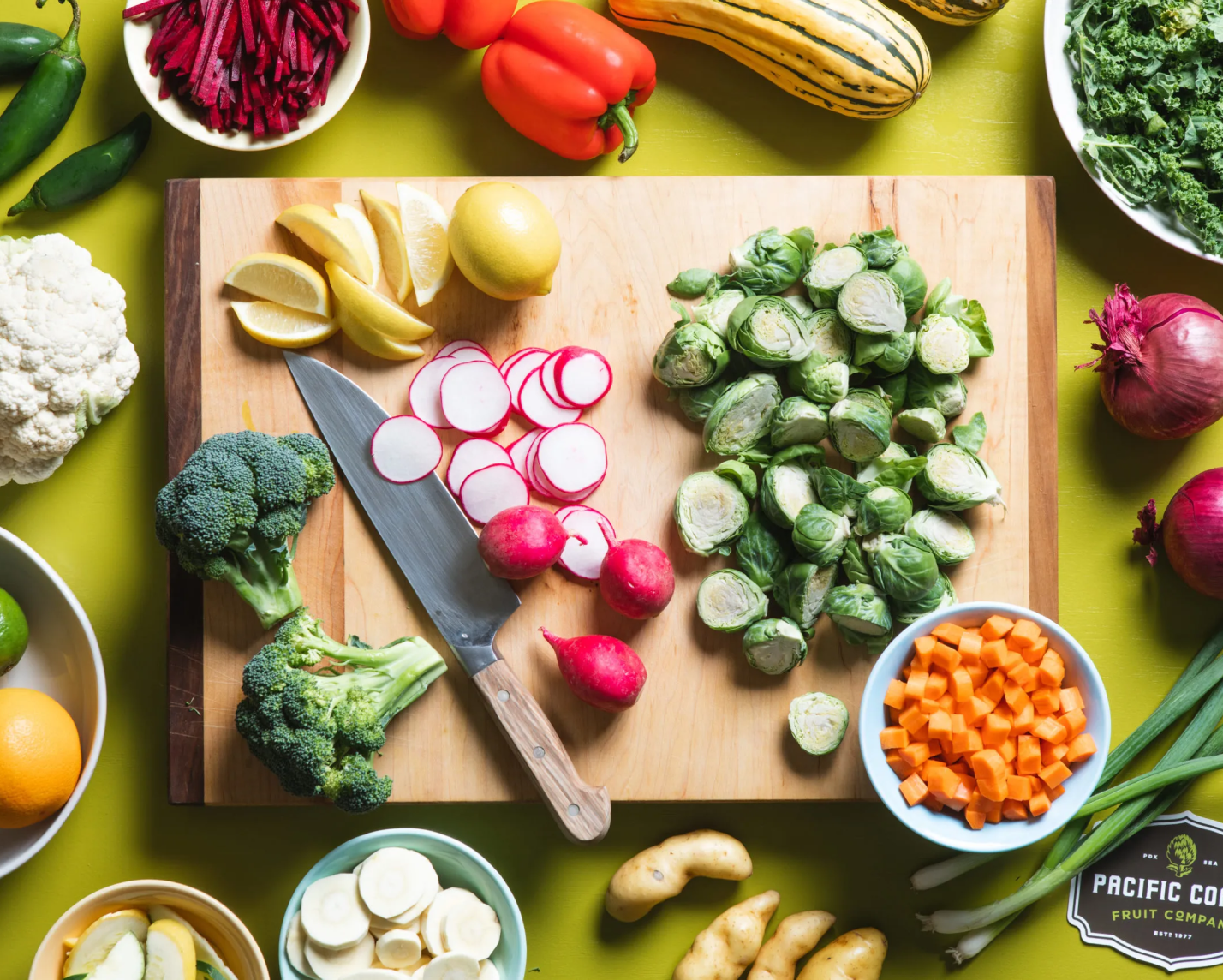The next thing that Micah too some interest in was Passion Fruit (21892 - 28/32ct). He stated his wife LOVES Passion Fruit. The timing for this fruit is perfect as we have started Lent last week. That is the 40 days preparation for Easter or The Passion of Christ. Purple passionfruit is native to tropical forests spanning across Southern Brazil, Northern Argentina, and Paraguay and has been growing since ancient times. The fruits were localized to South America until the arrival of Spanish missionaries in the 16th century. The name passionfruit can be traced back to the missionaries first encountered the climbing vines in Brazil. Purple passionfruit vines produce large white flowers with intricate purple, green, black, and yellow detailing. Spanish missionaries believed the flower's appearance resembled icons of the crucifixion of Christ, also known as “the Passion.” These details on the flowers were used by the missionaries as visual symbols to share the crucifixion story with native peoples, and the elements included the stigmas of the flower representing three nails, the corona as the crown of thorns, the five stamen as the five wounds, and the five petals and five sepals as the ten apostles. After the missionary’s use of the flowers, the flowers became known as Flor das Cinco Chagas or the “Flower of The Five Wounds.”






